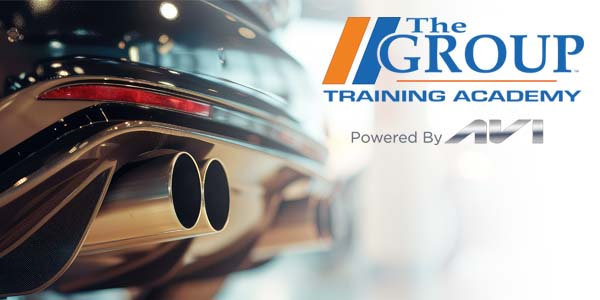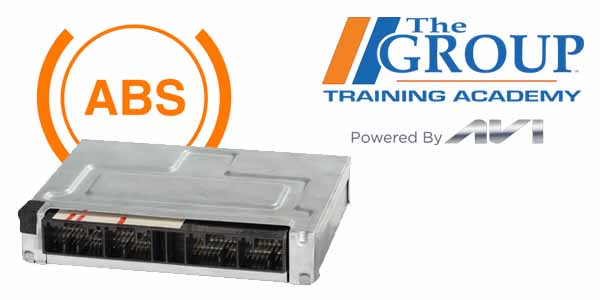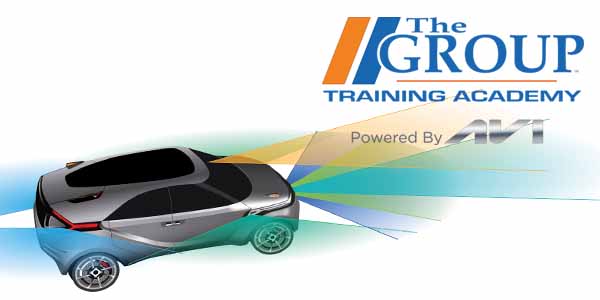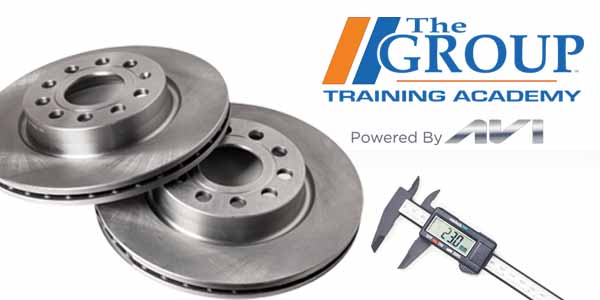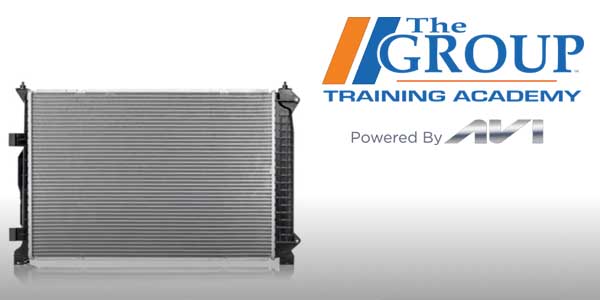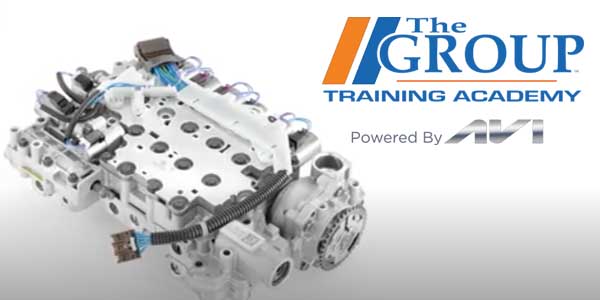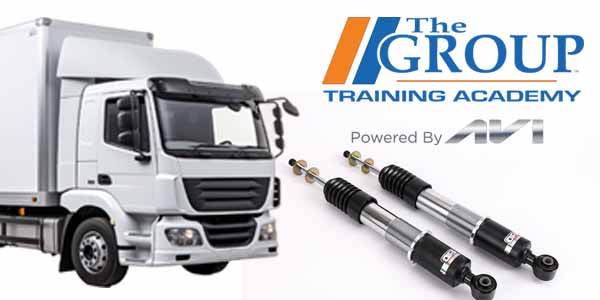The increasing electrification of vehicles isn’t limited to what’s underneath the hood. Chassis components now incorporate sensors and control modules to provide a more stable, comfortable and safe ride for drivers and passengers.
For example, a growing number of vehicle manufacturers are adopting continuous damping control systems, or CDC, in their vehicles.
CDC dampers employ state-of-the-art technology to monitor all the ride-control variables that come into play when the vehicle is in motion, such as the road conditions, load, vehicle-body acceleration and the driver’s actions. Sensors at each wheel register all of the changes.
This video is sponsored by The Pronto Network.

